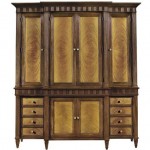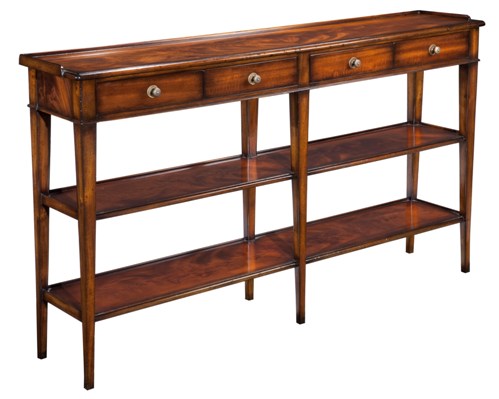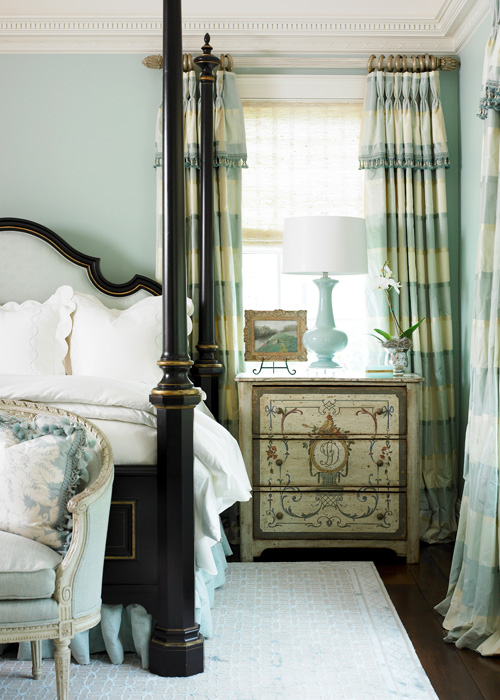 I came along at the end of the baby boom generation. It doesn’t take much to imagine the television of my childhood. That huge TV, with tan canvas speaker cloth and faux walnut cabinetry, was the focus of the den. And its a good thing we had shag carpet, because it made lying on the floor comfortable and convenient for reaching the dial No remote, three channels, and lots of memories – “Meet the Press” with daddy after church (while the roast was cooking), Saturday morning cartoons (and then later, “American Bandstand”), Carol Burnett on Monday nights, and school day afternoons of “The Brady Bunch” (before homework!). And what about gathering as a family to watch Neil Armstrong land on the moon? It was a simpler time (at least in a small town) and watching TV as a family was a little less risky than the years to come. The only technology needed was the “off” button, used by our mothers while saying – go outside and play.
I came along at the end of the baby boom generation. It doesn’t take much to imagine the television of my childhood. That huge TV, with tan canvas speaker cloth and faux walnut cabinetry, was the focus of the den. And its a good thing we had shag carpet, because it made lying on the floor comfortable and convenient for reaching the dial No remote, three channels, and lots of memories – “Meet the Press” with daddy after church (while the roast was cooking), Saturday morning cartoons (and then later, “American Bandstand”), Carol Burnett on Monday nights, and school day afternoons of “The Brady Bunch” (before homework!). And what about gathering as a family to watch Neil Armstrong land on the moon? It was a simpler time (at least in a small town) and watching TV as a family was a little less risky than the years to come. The only technology needed was the “off” button, used by our mothers while saying – go outside and play.
In the decades to come, we lost the bad furniture idea. A television became, well, just a black or silver box, and it was something to be hidden. Thus the popularity of the TV cabinet. There wasn’t much worth watching in those days, so maybe pretending it didn’t exist was a good idea. But as designers, we continued to focus our family room and sometimes the bedroom layouts to the location of the TV. As the television got bigger, so did the cabinets. If the room lacked interest or architecture, flanking bookcases could be added. During those years, we also designed built ins (usually by the fireplace) that would hide the TV when not in use. Designers have a reputation for not liking to see the TV, but we were really seeking a way to make an attractive feature out of an unattractive reality. Televisions, deep and clunky, always seemed to dominate the room, no matter how lovely the cabinet.
Along came VCRs, DVRs, and more channels than we could ever watch. Families could now choose how and when to gather around the television, not being bound to the networks’ schedule. Media rooms, only affordable to a few, were not needed to enjoy a quality viewing experience. Technology was changing the way we behave and designers, as always, must respond to those changes.
And finally, the flat screen TV has become mainstream and your old television is as useful as you VHS tape collection. The information age, technology and the internet have been the biggest game changers of all. Televisions are now out, hanging on the wall or simply sitting on TV consoles. Suddenly, the TV cabinet could feel as useless as the old TV itself. And so, the technology continues to drive our behavior. Even better screen quality, upgraded sound equipment and the ability to monitor your cable schedule from your iPad or phone makes TV viewing more customized than ever before. We can eliminate trash TV (please define that individually) and enjoy an obsessive week of “Downton Abbey”, “House of Cards”, or “Mad Men”. With great viewing options available, movies released to video so quickly, and a Red Box on every corner, television watching once again can be great family entertainment. Just remember what your mother said – turn it off sometimes and go out and play.




